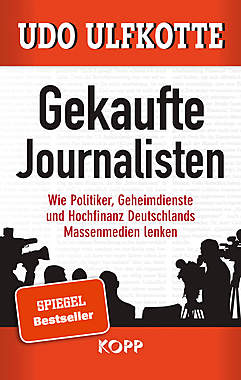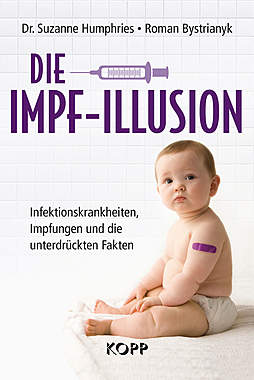-->The article in the weekend Financial Times is illustrated with a gorgeous shot of Vienna, glowing with night lights and exquisite buildings. The picture reminded me of Fifth Avenue in NYC at its best. The article starts,"The rooftops of grand buildings in the Austrian capital are being turned into luxurious penthouses, bringing life back to the area."
And it's happening in almost all of the great cities of the world. Prices have been exploding, amenities are everywhere in abundance, money flows like water. The top 1% of the world's population is having the time of their lives. What's happening? How is it happening?
It all starts with paper, and an unprecedented flood of liquidity. No nation wants an"expensive" currency. The idea now is to export, to move out your products and services at competitive prices. And if your currency is not competitive, well your central bank simply prints more fiat paper with which to buy the"offending" currency -- this pushes up the price of the other currency, thus allowing your paper to be more competitive.
The central banks of the world are thus in the process of"beggar thy neighbor," and various brands of junk paper fill the planet. Of course, the biggest"paper-creator" up to recently has been Japan. Japan has issued trillions of yen which can be borrowed for almost nothing or at zero interest rates. In this way, Japan has been trying to get out of its decade-long deflationary rut. More recently, China has taken over, issuing oceans of renminbi as it continues on its policy of keeping the Chinese paper at bargain prices in the face of the"expensive" dollar.
The overall result of this central bank insanity is a flood of paper money beyond anything ever seen before.
The background is as strange as it is rare. The world is now facing massive overproduction, due to the rise of Asian manufacturing. Walk into any major store from Wal-Mart to Macy's. You'll be met with such an over-abundance of almost any product you can imagine that the reality is truly stupefying. Glance at the labels of these items and you'll read China, Taiwan, Hong Kong, Singapore, Malaysia, Brazil, Thailand. The whole developing world is pumping out merchandise at an almost indecent rate. And this over-abundance is deflationary.
Really, then why isn't there any deflation? Because the merchandise is being overwhelmed by the flood of fiat paper. A factory can produce just so many chairs, but a central bank can produce an infinite amount of paper. The factories of Asia and the world may be producing"too much," but the central banks can overwhelm any amount of production. Which is what's been happening, and instead of deflation, we're seeing inflation. Furthermore, the inflation is not being distributed evenly, it's being concentrated among the one percent who have taken over the financial sectors of NYC, London, Moscow, Paris, Mexico City, you name it.
It's most visible in the price of selected real estate and in the astounding payments to the CEOs of leading US corporations. The climax may have been the disclosure last week that Home Depot's CEO was kicked out of his job with a sweetener. The sweetener was a payment of $210 million. That was too much for leading Democrats who are warning that they will introduce legislation to halt this brand of"corporate piracy."
The point I'm making is that there's one hell of a lot of money around, and it's driving up the prices of"things" all over the world. The rich aren't stupid. They know that the policy of the central banks is perpetual inflation, and the best and safest way to retain your purchasing power is to invest in items that can't be generated at will in endless quantities. This thesis accounts for the sky-high prices of choice real estate, gem-quality diamonds and jewelry, outstanding works or art, selected collectibles.
How about the following which I pulled out from yesterday's Los Angeles Times: A Malibu mansion was just sold to Teodoro Nguema Obliang Mangu. He's the heir apparent to the president of Equitorial Guinea. Price paid -- $34 million. Quite a price, considering that the general populace of Guinea is impoverished. You just have to wonder.
Sotheby's International Reality just compiled the following mind-blowing statistics relating to home sales in the Westside and Malibu area (these are just sectors of the LA market). There were 57 sales of homes priced at more than $10 million in 2006, this as against 35 over-$10 million homes in 2005. Furthermore, there were 617 sales in 2006 of homes that range from $3 to $10 million in 2006, compared with 624 homes in that range in 2005. It would be interesting to know what the comparable figures were for NYC, London and Tokyo. I mean, there's one sh-- load of money floating around. But it's restricted to probably one percent of the world's population.
....................................................................................................................................................
[/b][b][/b][b][i][/i]
|
 Thread-Ansicht
Thread-Ansicht Mix-Ansicht
Mix-Ansicht

